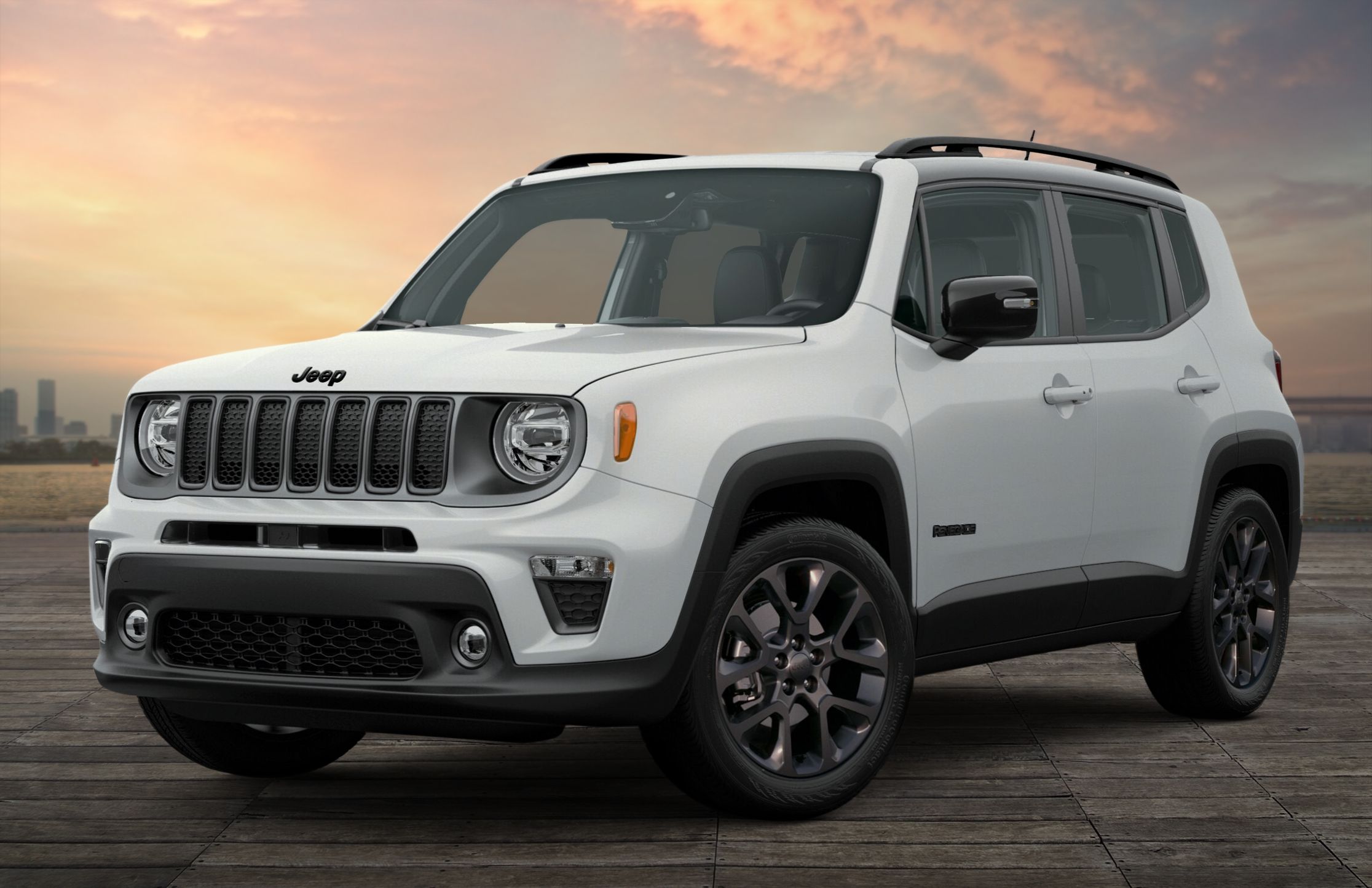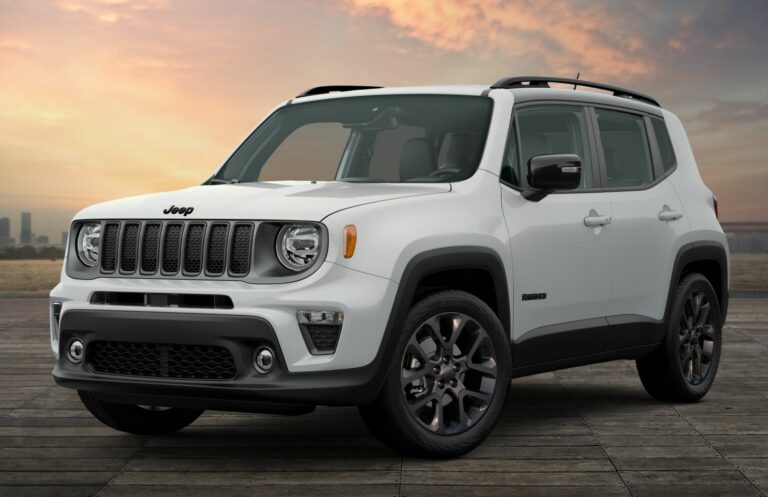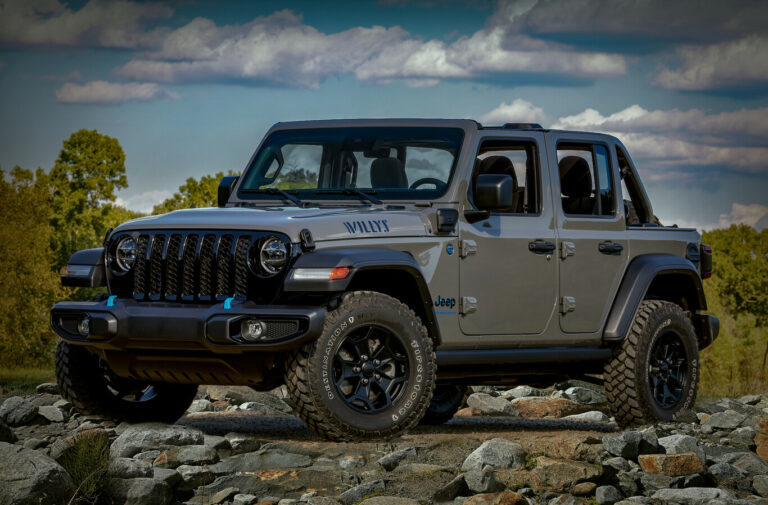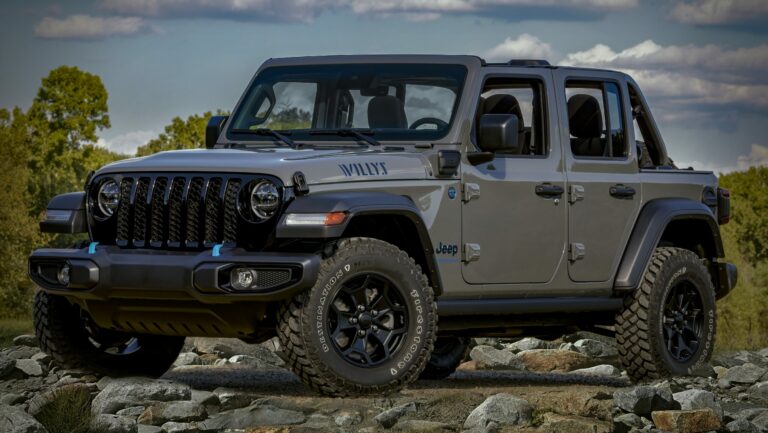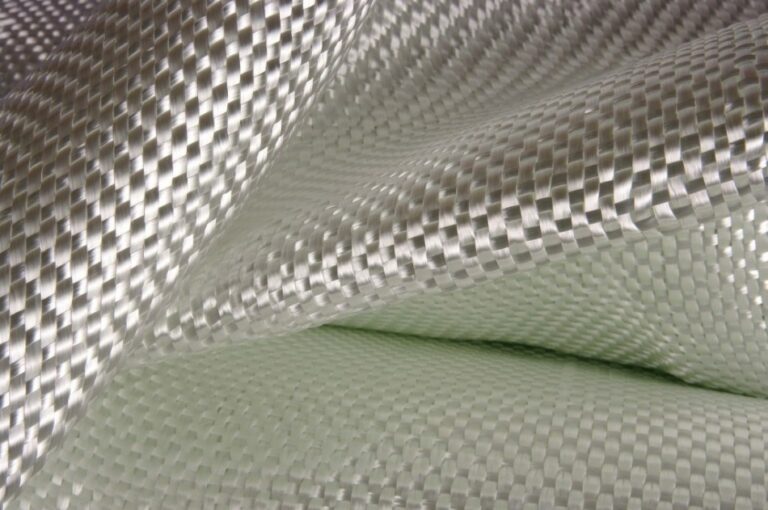Jeep XJ For Sale Lifted: Unlocking the Ultimate Off-Road Legend
Jeep XJ For Sale Lifted: Unlocking the Ultimate Off-Road Legend jeeps.truckstrend.com
The Jeep Cherokee XJ, produced from 1984 to 2001, is more than just an SUV; it’s an icon. Renowned for its robust unibody construction, legendary 4.0L inline-six engine, and unparalleled off-road prowess in its class, the XJ has carved a permanent niche in the hearts of automotive enthusiasts and off-road adventurers alike. When you hear "Jeep XJ for sale lifted," it conjures images of a highly capable, rugged machine ready to conquer trails, tackle obstacles, and stand out from the crowd. A lifted XJ is a testament to its owner’s desire for enhanced capability, aggressive aesthetics, and the pure joy of exploration. This comprehensive guide will delve into everything you need to know about finding and understanding the allure of a lifted Jeep XJ.
The Enduring Appeal of the Lifted Jeep XJ
Jeep XJ For Sale Lifted: Unlocking the Ultimate Off-Road Legend
The Jeep Cherokee XJ’s enduring popularity stems from a perfect blend of design, engineering, and affordability. Unlike its larger siblings, the XJ boasts a unibody chassis – a lighter, more rigid structure that offers a surprisingly comfortable ride for its off-road capabilities. The venerable 4.0-liter "Renix" or "HO" (High Output) engine is famous for its reliability, torquey performance, and ease of maintenance, making it a favorite for both daily driving and strenuous off-road excursions.
When an XJ is "lifted," it means its suspension has been modified to increase ground clearance. This modification allows for larger tires, improving traction and articulation, and preventing the vehicle’s underside from scraping on rocks, logs, and other trail obstacles. The result is not just a more capable off-road machine but also a vehicle with an undeniably aggressive and commanding stance that turns heads wherever it goes. For many, a lifted XJ represents the ultimate customizable platform – a canvas for further modifications, from heavy-duty armor to advanced recovery gear, all while retaining its classic charm.
Understanding the "Lifted" Aspect: What It Means for an XJ
Lifting an XJ involves replacing or augmenting its factory suspension components. The most common methods and types of lifts include:
- Spacer Lifts (2-3 inches): These are the simplest and most affordable, using coil spacers in the front and extended shackles or add-a-leafs in the rear. They provide a modest lift for larger tires (typically 30-31 inches) and light off-roading.
- Short Arm Suspension Lifts (3-5 inches): These kits replace coil springs, leaf springs, and shocks, often including new control arms. This offers significant improvement in off-road capability, allowing for 31-33 inch tires. At this height, a Slip Yoke Eliminator (SYE) and CV driveshaft might become necessary to prevent driveline vibrations.
- Long Arm Suspension Lifts (4.5+ inches): Designed for serious off-roading, long arm kits replace the short factory control arms with much longer ones, relocating their mounting points. This significantly improves suspension articulation, ride quality, and allows for 33-35+ inch tires. These kits often require substantial modifications, including an SYE, custom driveshafts, and potentially fender trimming.

The quality of the lift kit and its installation significantly impacts the vehicle’s performance, safety, and longevity. A well-executed lift enhances the XJ’s natural strengths, while a poorly done job can lead to numerous issues, including "death wobble," driveline vibrations, and premature wear of components.
Benefits of Owning a Lifted XJ
The advantages of a lifted Jeep XJ extend far beyond mere aesthetics:
- Enhanced Off-Road Capability: The primary benefit is increased ground clearance, allowing the XJ to navigate rough terrain, clear obstacles, and traverse deeper ruts without getting hung up. Larger tires also provide a larger contact patch and improved traction on various surfaces.
- Improved Approach, Departure, and Breakover Angles: A lifted suspension and larger tires drastically improve these critical off-road metrics, allowing the XJ to climb steeper inclines, descend sharp declines, and clear crests without scraping bumpers or the undercarriage.
- Aggressive Aesthetics and Stance: There’s no denying the visual impact of a lifted XJ. Its elevated posture and large tires give it an undeniably rugged, capable, and iconic appearance that stands out in a crowd.
- Customization Potential: The XJ is a dream platform for customization. A lift opens the door to countless modifications, from heavy-duty bumpers and winches to rock sliders and upgraded axles, allowing owners to tailor the vehicle to their specific needs and adventures.
- Strong Community and Resale Value: The Jeep XJ has a massive, passionate community. This translates to readily available parts, extensive online resources, and a strong resale market for well-maintained and properly modified examples.


Key Considerations Before Buying a Lifted XJ
While the allure of a lifted XJ is strong, potential buyers must exercise caution and conduct thorough inspections. Buying a modified vehicle requires a different approach than buying a stock one.
- Thorough Inspection for Rust: The XJ’s unibody construction is susceptible to rust, especially in the frame rails, floorboards, rocker panels, and rear quarter panels. Inspect these areas meticulously. Rust can compromise the vehicle’s structural integrity, making repairs costly and challenging.
- Assessment of Lift Quality and Components: Inquire about the brand and type of lift kit installed. Check for quality components (e.g., reputable brand shocks, adjustable control arms, heavy-duty track bar). Look for signs of cheap "hacks," like mismatched parts or poor welding.
- Driveline Health: Lifting an XJ changes driveline angles, which can lead to vibrations, especially at higher speeds. Test drive the vehicle to identify any vibrations. If the lift is 3.5 inches or more, check if a Slip Yoke Eliminator (SYE) kit and a CV driveshaft have been installed.
- Steering and Suspension Components: Inspect all steering components (tie rods, drag link, track bar, ball joints) for wear. Worn parts can lead to the dreaded "death wobble." Check bushings, shocks, and coil/leaf springs for damage or excessive wear.
- Tire Condition and Size: Ensure the tires are appropriate for the lift height and in good condition. Improper tire size can strain the drivetrain.
- Overall Mechanical Condition: Beyond the lift, assess the general health of the engine (4.0L is robust but check for leaks, strange noises), transmission, brakes, and electrical system. Ask for maintenance records.
- Legality and Insurance: Be aware of local laws regarding lift height, tire coverage, and modifications. Ensure the vehicle can be legally registered and insured in your area.
- Intended Use vs. Build: Determine if the lifted XJ is suited for your primary use. A heavily modified trail rig might not be the most comfortable or fuel-efficient daily driver.
Practical Tips for Buying a Lifted Jeep XJ
- Pre-Purchase Inspection (PPI): Always get a professional, independent mechanic (preferably one familiar with 4x4s and modified vehicles) to conduct a PPI. They can spot issues you might miss.
- Test Drive Extensively: Drive the XJ at various speeds, including highway speeds. Listen for unusual noises, feel for vibrations, and check for proper braking and steering response. Pay close attention to the steering for any signs of "death wobble" (violent shaking of the steering wheel).
- Ask for Documentation: Request records of maintenance, lift kit installation, and any other significant modifications. This provides insight into the vehicle’s history and how well it has been cared for.
- Inspect Undercarriage Thoroughly: Bring a flashlight and get underneath the vehicle. Look for rust, bent components, fluid leaks, and signs of off-road abuse (e.g., scraped skid plates, dented diff covers).
- Check for Proper Gearing: If larger tires (33 inches or more) are installed, inquire if the axle gears have been re-geared to compensate. Incorrect gearing will strain the engine and transmission, reducing performance and fuel economy.
- Evaluate Seller Knowledge: A knowledgeable seller who can articulate the details of the lift and other modifications is often a good sign. Be wary of sellers who are vague or evasive about the vehicle’s history or modifications.
Common Challenges and Solutions for Lifted XJs
Even a well-built lifted XJ can present specific challenges that owners should be prepared for:
- Death Wobble: This violent shaking of the steering wheel, usually triggered by hitting a bump at speed, is common in lifted solid-axle vehicles. It’s almost always caused by worn or loose steering and suspension components (e.g., track bar, ball joints, control arm bushings, tie rod ends) or improper alignment. The solution involves diagnosing and replacing the worn components and ensuring proper alignment.
- Driveline Vibrations: Lifting the XJ changes the angles of the driveshafts, which can cause vibrations, especially in 2WD or at certain speeds. Installing a Slip Yoke Eliminator (SYE) kit on the transfer case and a CV-style driveshaft is the most common and effective solution for lifts 3.5 inches and above.
- Increased Wear on Components: Lifted vehicles, especially those used off-road, put more stress on steering, suspension, and drivetrain components. Regular inspection and maintenance are crucial.
- Reduced Fuel Economy: Larger, heavier tires and altered aerodynamics will inevitably lead to worse fuel economy.
- Rust: As mentioned, rust is a perennial issue. Proactive rust prevention (washing off road salt, undercoating) and timely repair of any developing rust are essential.
Jeep XJ For Sale Lifted: Estimated Price Guide
The price of a lifted Jeep XJ can vary wildly based on year, mileage, condition, quality of the lift, and extent of other modifications. The table below provides a general estimate; always expect variations based on the local market and individual vehicle specifics.
| Category | Year Range | Mileage (Approx.) | Condition Notes | Lift Type (Typical) | Estimated Price Range (USD) |
|---|---|---|---|---|---|
| Entry-Level | 1988-1996 | 180,000 – 250,000+ | Visible rust, worn interior, basic maintenance needs, older/basic lift components | Spacers/Add-a-leaf, 2-3" | $3,000 – $6,000 |
| Mid-Range | 1996-2000 | 120,000 – 180,000 | Minor rust, decent interior/exterior, well-maintained mechanically, moderate lift | Full suspension, 3-4.5" | $6,500 – $12,000 |
| Well-Maintained | 1998-2001 | 80,000 – 150,000 | Minimal to no rust, clean interior/exterior, regularly serviced, quality lift | Quality suspension, 4-6" | $12,500 – $18,000+ |
| Heavily Modified | Any (often newer) | Varies, well-documented | Excellent condition, extensive upgrades (axles, armor, lockers), custom fabrication | Advanced 6"+, long-arm | $15,000 – $30,000+ |
Disclaimer: These are highly generalized estimates. Factors like geographic location, specific modifications (e.g., re-geared axles, lockers, winch, armor), and overall demand can significantly influence the actual market price. Always research current local listings.
Frequently Asked Questions (FAQ)
Q1: Is a lifted XJ a good daily driver?
A1: It depends on the lift height and quality. A mild 2-3 inch lift with good components can be a perfectly comfortable daily driver. Larger lifts (4.5+ inches) with aggressive tires can lead to a harsher ride, increased noise, and significantly worse fuel economy, making them less ideal for daily commuting but excellent for dedicated off-road use.
Q2: What is "death wobble" and how do I fix it?
A2: Death wobble is a violent, uncontrollable shaking of the steering wheel, usually occurring after hitting a bump at certain speeds. It’s caused by worn or loose steering and suspension components, often aggravated by a lift. Fixing it involves systematically checking and replacing worn parts like the track bar, ball joints, tie rod ends, and control arm bushings, along with a proper alignment.
Q3: How much does it cost to lift an XJ?
A3: The cost varies widely. A basic 2-3 inch spacer lift can be a few hundred dollars for parts (DIY). A comprehensive 3.5-4.5 inch full suspension kit can range from $800 to $2,000+ for parts, plus installation labor. Long arm kits for 6+ inches can cost $2,500 to $5,000+ for parts alone, often requiring professional installation and additional modifications like an SYE.
Q4: What tire size can I run with a certain lift?
A4:
- 2-3 inch lift: Up to 30-31 inch tires.
- 3.5-4.5 inch lift: Up to 31-32 inch tires comfortably, 33s with minor fender trimming.
- 6+ inch lift: 33-35+ inch tires, typically requiring significant fender trimming and potentially upgraded axles.
Q5: Are lifted XJs reliable?
A5: The Jeep XJ, particularly with the 4.0L engine, is known for its robustness. However, a lift introduces new stresses on components. A well-installed lift with quality parts, combined with regular maintenance, will generally result in a reliable vehicle. Poorly installed lifts or cheap components can lead to ongoing issues.
Q6: What should I look for regarding rust on an XJ?
A6: Key areas include the unibody frame rails (especially near control arm mounts), front and rear floor pans, rocker panels (the body below the doors), and the rear quarter panels (behind the rear wheels). Check for bubbling paint, soft spots, or visible holes.
Q7: Do I need a Slip Yoke Eliminator (SYE) kit?
A7: For lifts of 3.5-4 inches and above, an SYE kit combined with a CV-style driveshaft is highly recommended to correct driveline angles and eliminate vibrations that often arise from the increased lift height.
Conclusion
The lifted Jeep Cherokee XJ remains a coveted vehicle for its unmatched blend of classic appeal, legendary capability, and a vibrant community. Owning one means embracing a lifestyle of adventure, customization, and the satisfaction of driving a true automotive icon. While the prospect of a lifted XJ for sale is exciting, remember that a thorough inspection, an understanding of the modifications, and a realistic assessment of its condition are paramount. By doing your homework, you can find a well-built, reliable lifted XJ that will serve as your faithful companion on countless trails and adventures for years to come. The journey of owning a lifted XJ is as much about the vehicle itself as it is about the stories it will help you create.

